The 20th century was a stage upon which many dramas played out, but perhaps none were as captivating, or as dangerous, as the Cold War. This grand performance featured two global superpowers, the United States and the Soviet Union, who conducted a silent waltz of ideology, technology, and military might that spanned decades. This narrative delves into the nuances of the Cold War and the arms race it spurred, providing a profound understanding of this crucial period in world history.
Our tale commences in the aftermath of the second World War, where a new world order was dawning. The stage was divided into two realms of influence: the West, led by the United States, espousing capitalism and democracy, and the East, dominated by the Soviet Union, championing communism. This ideological divide was the seed from which the tensions of the Cold War would germinate.
The early acts of this performance were marked by a strategic chess game, with each superpower maneuvering to establish its hegemony. Then, in 1949, a seismic event occurred that would drastically intensify this rivalry. The Soviet Union successfully detonated their first atomic bomb, ending the United States’ monopoly on nuclear weapons and kick-starting the arms race.
In this global theatre, nuclear weapons were more than just destructive devices; they were the actors embodying each nation’s technological prowess, military strength, and political resolve. The arms race became a high-stakes competition, with each superpower striving to outdo the other, stockpiling armaments and developing increasingly sophisticated weaponry.
The United States, leveraging the scientific prowess of minds like Robert Oppenheimer, had led the initial charge with the development and use of the atomic bomb. The Manhattan Project, a massive wartime effort, had birthed these devices and forever changed the nature of warfare. However, the Soviets, demonstrating their scientific capabilities, quickly followed suit, setting the stage for a deadly dance.
The apex of this arms race was arguably the development and testing of hydrogen bombs by both nations in the 1950s. These weapons, exponentially more powerful than their atomic counterparts, made clear the terrifying reality of the Cold War: the potential for mutual assured destruction.
While the arms race played out on one side of the stage, on the other, the space race was unfurling. Sparked by the launch of Sputnik 1 by the Soviet Union in 1957, this contest was another facet of the Cold War rivalry. It was a test not only of technological capabilities but also of national prestige and ideological superiority.
The United States and the Soviet Union invested massive resources into their respective space programs, reaching for the moon as a proxy for reaching for global dominance. It was a race characterized by remarkable achievements, from the first human in space, Yuri Gagarin, to the iconic Apollo moon landing. These events captivated global audiences, embodying the spirit of competition and cooperation that underpinned the Cold War.
The final acts of the Cold War were marked by a shift from escalation to negotiation. The realization of the catastrophic potential of nuclear warfare led to several arms control agreements, such as the Partial Test Ban Treaty in 1963 and the Strategic Arms Limitation Talks (SALT) in the 1970s. These were crucial steps toward de-escalation, marking a turn in the tide of the Cold War.
The final curtain fell on the Cold War with the dissolution of the Soviet Union in 1991. This marked the end of the bipolar world order, but the legacy of this performance remains potent. The arms race has left an indelible mark on global politics, military strategy, and scientific advancement.
The Cold War, a silent ballet of superpowers, was a tale of two nations dancing on the precipice of destruction. It was a time of intense rivalry, remarkable innovation, and high-stakes diplomacy. It was a performance that, while it did not culminate in the tragic finale of a hot war, forever shaped the world and its understanding of power, conflict, and the thin line that separates peace from devastation.
Thus, the Cold War stands as a stark reminder of humanity’s potential for both creation and destruction. It highlights the dangerous allure of power, the remarkable capabilities of human ingenuity, and the vital importance of diplomacy and negotiation in navigating the global stage. It is a tale from our past that continues to resonate, offering lessons for our present and guiding us towards a future where peace is more than just an interlude between conflicts.
Keywords:
- Cold War: A period of geopolitical tension between the United States and the Soviet Union, and their respective allies, from 1947 to 1991.
- Arms Race: A competition between nations for superiority in the development and accumulation of weapons, particularly between the US and the Soviet Union during the Cold War.
- Hegemony: The dominance of one group or state over others.
- Monopoly: The exclusive possession or control of the supply of or trade in a commodity or service.
- Nuclear Weapons: Explosive devices that derive destructive force from nuclear reactions.
- Hydrogen Bombs: Also known as a thermonuclear bomb, it is a weapon that derives a large portion of its energy from the nuclear fusion of hydrogen isotopes.
- Mutual Assured Destruction: A doctrine of military strategy in which a full-scale use of nuclear weapons by two opposing sides would effectively result in the destruction of both the attacker and the defender.
- Space Race: The 20th-century competition between two Cold War adversaries, the Soviet Union (USSR) and the United States (US), to achieve superior spaceflight capability.
- Arms Control Agreements: Diplomatic treaties or agreements that limit the number and type of weapons allowed to each country.
- Dissolution of the Soviet Union: The process of disintegration of the Union of Soviet Socialist Republics (USSR), which occurred over most of 1991.
Key Takeaways:
- The Cold War was a period of ideological conflict and military tension between the two superpowers of the time, the United States and the Soviet Union.
- The arms race, a crucial aspect of the Cold War, was a competition for nuclear supremacy, resulting in massive stockpiles of nuclear weapons.
- The space race was another facet of the Cold War competition, reflecting not just technological prowess, but also ideological dominance and national prestige.
- The Cold War era was marked by alternating periods of escalation and negotiation, eventually leading to several arms control agreements.
- The end of the Cold War with the dissolution of the Soviet Union in 1991 left an enduring legacy on global politics, military strategy, and scientific advancement.
The Nuclear Age Articles
Unraveling The Atomic Age: The Life and Legacy of J. Robert Oppenheimer
Unveiling the Atom: The Manhattan Project’s Deep Impact on World History
Albert Einstein: The Maverick Mind that Revolutionized Physics
Leo Szilard: The Atomic Pioneer’s Crusade for Peace
The Ethical Odyssey: Exploring Morality in the Course of Scientific Discovery
Los Alamos National Laboratory: Navigating the Past, Present, and Future of Scientific Innovation
The Cold War: Superpowers in the Ballet of Weaponry
Nuclear Proliferation: The Ever-Present Global Challenge
Interplay of Science and Politics: The Unsung Dance of Progress
Enrico Fermi: Mastermind Behind the Nuclear Age
From Atomic To Thermonuclear: A Detailed Examination of Nuclear Weapon Evolution
The Unforgotten Echoes: Hiroshima and Nagasaki’s Tale of Nuclear Devastation and Human Resilience
Living Under the Mushroom Cloud: The Psychological Impact of the Nuclear Age
Nuclear Fallout: Unmasking the Invisible Threat to Health and Environment
The Power and Peril of Nuclear Energy: A Balanced Perspective
Radiation Sickness: Unveiling the Hidden Costs of the Nuclear Age
From Darkness to Light: Lessons from Chernobyl and Fukushima
Deciphering the Nuclear Waste Conundrum: The Path Towards Sustainable Solutions
Guarding the World from Nuclear Threats: International Laws for Nuclear Disarmament
Journey to Peace: Unraveling the Path to Global Nuclear Disarmament
Culture Echoes of the Atomic Age: Artistic Narratives in the Nuclear Era


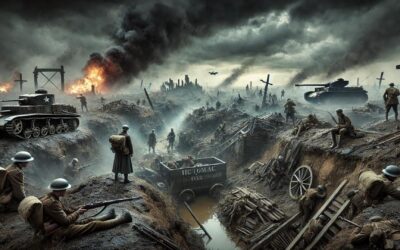
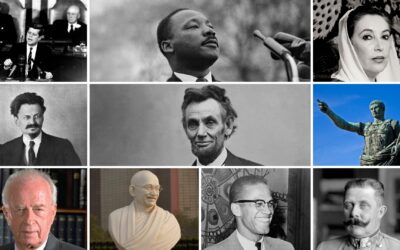
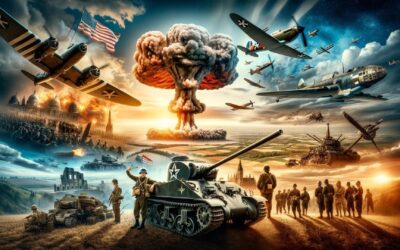
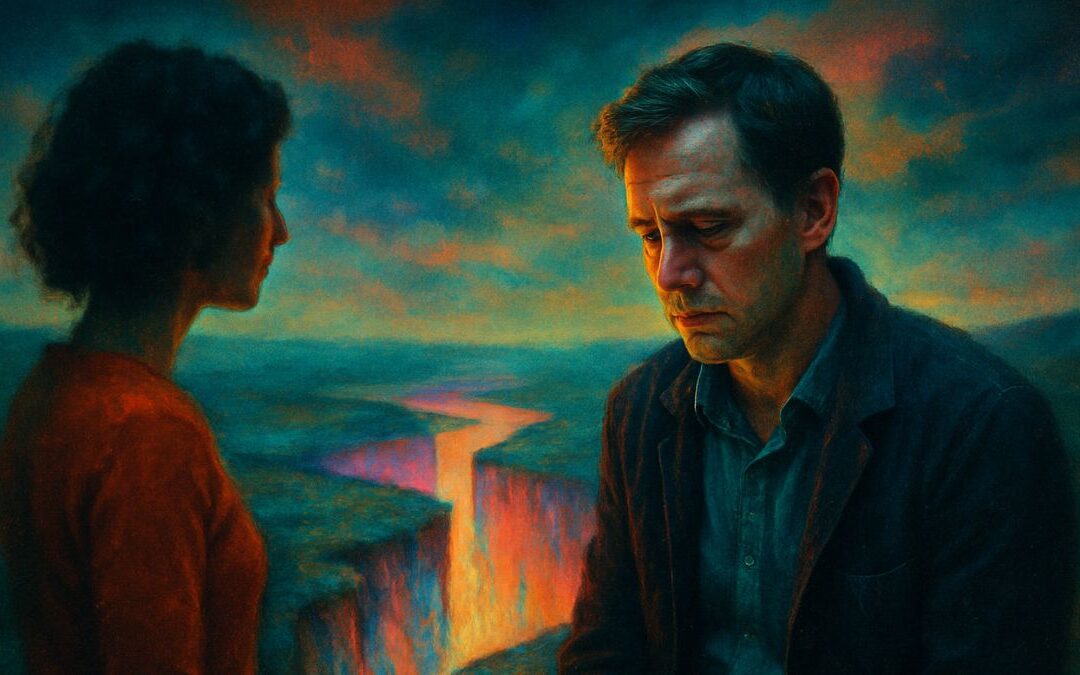

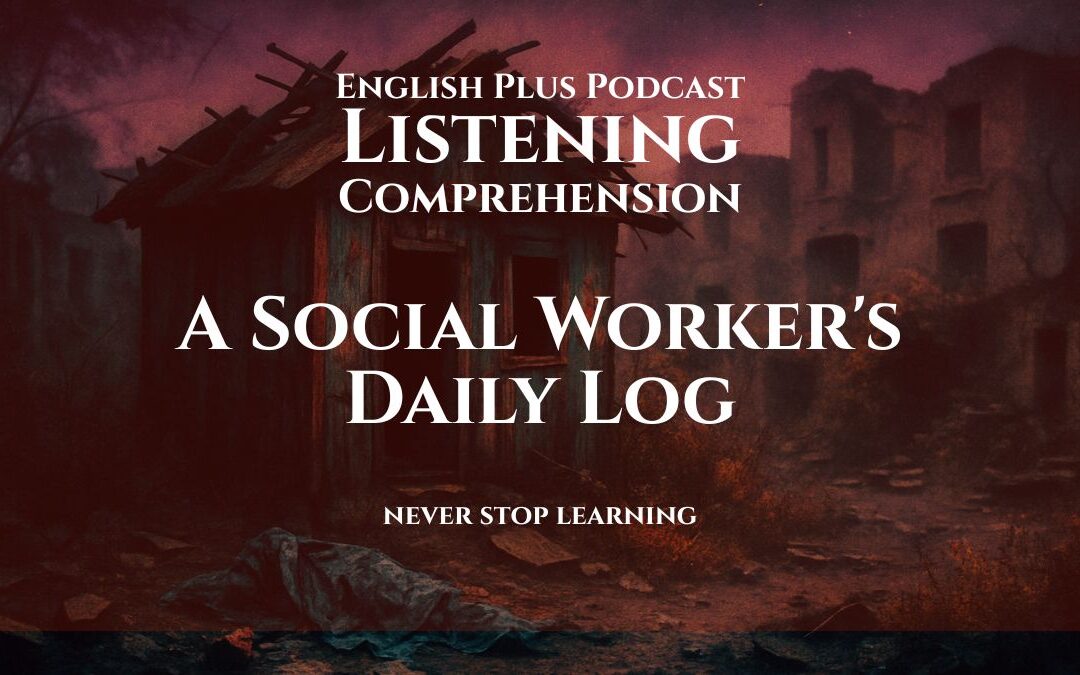


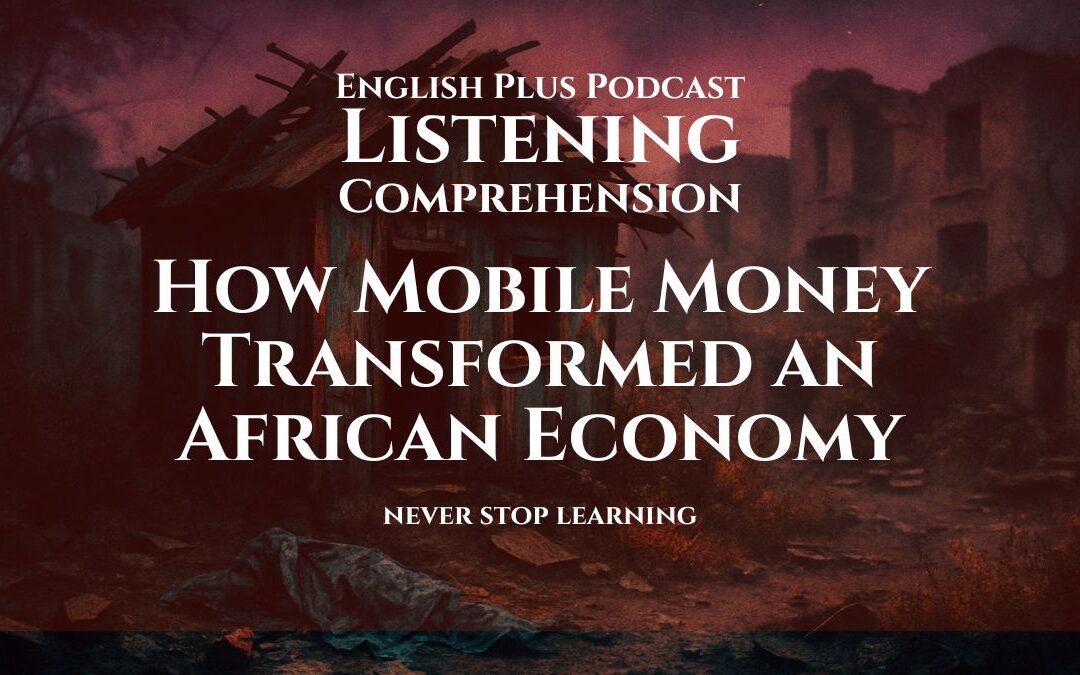
0 Comments